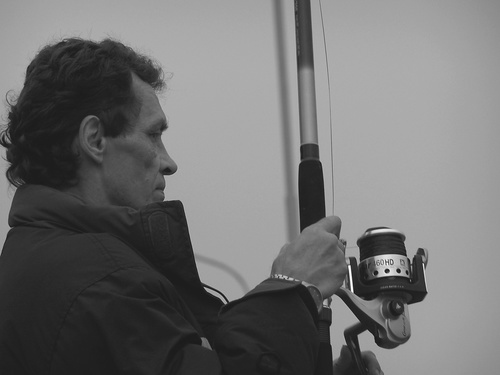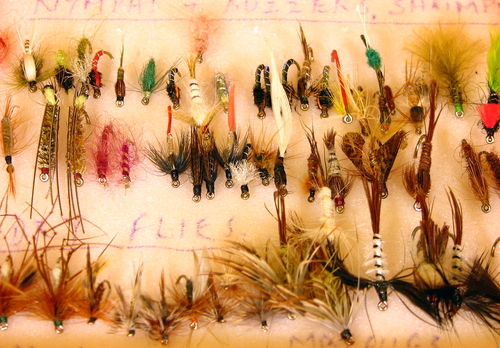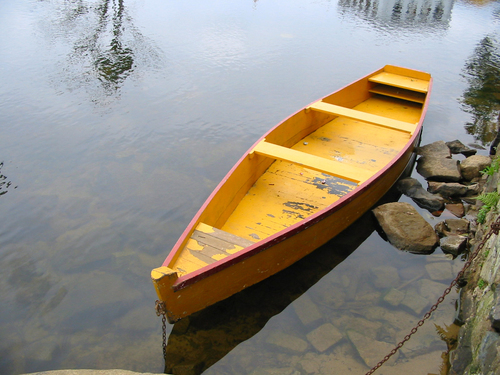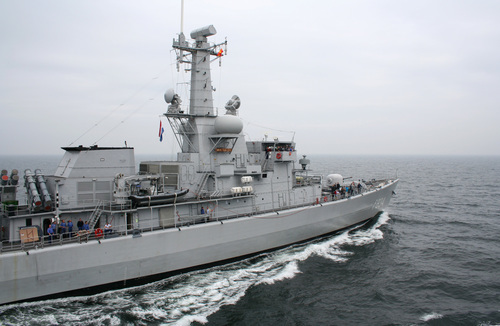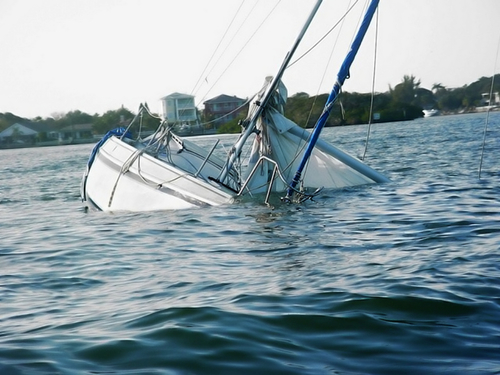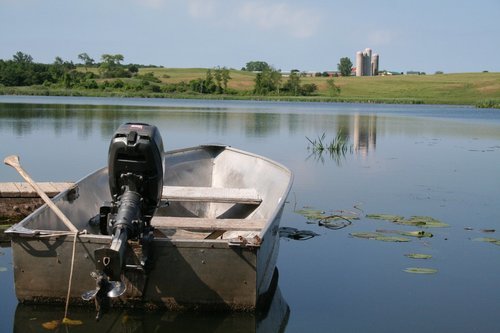Boat Fishing Popularity
In the past, boat fishing was done more for occupational reasons than as a hobby. People relied on this activity to make a living. However, the industry has changed dramatically in recent years. So too has the affordability of boats. Today many fishermen enjoy going out on the water for the sheer fun of it.
People do not even need to own a boat to engage in deep-sea fishing. Publications such as Sky News have reported the recent shifts in professional fishing. Many former fishermen have noticed that working in the tourism trade is more profitable. They charge the public for trips out on the ocean. Therefore, one of the main reasons for the new popularity of boat fishing is the added convenience.
Modern life can sometimes be very stressful. This is especially true for those who live in urban areas. They may want to take a break and enjoy some relaxation time. Boat fishing is ideal because it offers excitement in a serene environment. A lot of people feel a special connection with the sea. Casting off from a boat makes this feeling more intense compared to doing so on the shore.

